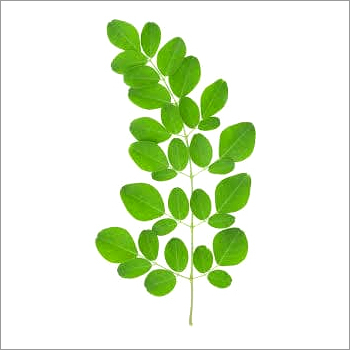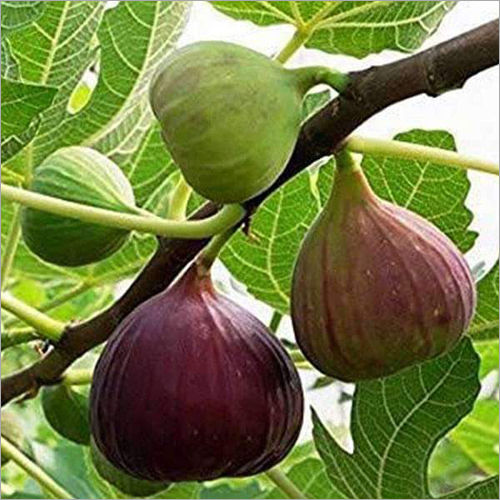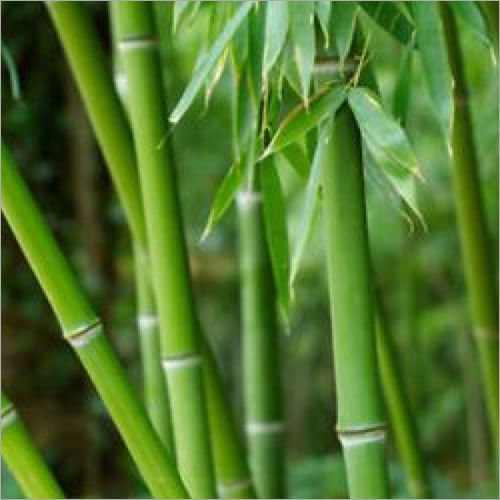Moringa Leaves

Moringa Leaves Price And Quantity
- 15-20000 Piece
- 2.00 - 6.00 INR/Quintal
Moringa Leaves Trade Information
- 1000000 Piece Per Month
- 10 Days
- All India
Product Description
PLANTING
The seeds of annual moringa may be directly dibbled in the pit to ensure accelerated and faster growth of the seedlings. The best suited season for sowing the seeds is September under Southern Indian conditions. The time of sowing has to be strictly adhered to because the flowering phase should not coincide with monsoon seasons, which results in heavy Flower shedding. (Ssp group)
Moringa variety: Country seeds
IRRIGATION
Growing moringa plants may not require watering except during hot weather when they may be irrigated once a week. Annual moringa responds well to irrigation and the yield can be doubled (vegetable moringa fruit) by drip Irrigation as compared to rain-fed crops, drip irrigation at the rate of 4 lit/day can enhance yields by 57 per cent as compared to rain-fed crop. (Ssp group)
FERTILIZER
Moringa trees are generally grown successfully without fertilizers. Southern India, ring trenches are dug about 10 cm from trees during the rainy season and filled with green leaves, manure and ash, and then covered with soil. This is said to promote higher fruit yields if fertilizers are applied, the crop requires 44:16:30 g NPK/ tree at the time of pinching (75 days after sowing). Nitrogen @ 44g / tree must be applied as top dressing at first flowering (150-160 days after sowing). (Ssp group)
PEST AND DISEASES
Developing fruit are damaged by the fruit fly Gerona distigma which can be effectively managed by adopting Integrated pest management (IPM) measures. No major disease in India has been reported as affecting the economics of the crop
RATOONING
Annual moringa, when the harvest is in, the trees are cut down to a height of one meter above ground level for ratooning. These ratoon plants develop new shoots and start bearing four or five months after ratooning. During each ratooning operation, the plants are supplied with the recommended level of n, p and k nutrients along with 20-35 kg of fym.
HARVEST AND YIELD
Annual moringa types are seasonal in terms of fruit- bearing and the crop sown during September comes to harvest within six months. Fruit of sufficient length and girth are harvested before they develop fiber. The harvest period extends for 2-3 months and each tree bears 250-400 fruit depending on the type.
EXPENDITURE
| Distance (in acre) | Seeds(in kg) | Cost of seeds (per Kg) | Total | Fertilizer | Cost of cultivation |
|---|---|---|---|---|---|
| 1*1 ft | 8 kg | 7000 /- | 8*7000 = 56,000/- | 20,000/- | 76,000 |
| Total Expenses: 76,000/- |
INCOME & YIELD
| Income of year | Total dry leaves(in year) | Company buy-back (of dry leaves) | Total |
|---|---|---|---|
| Year 1st | 3000 kg (3 ton) | 50 Rs. Kg | 3000*50 = 15,0000 /- |
| Year 2nd | 3000 kg (3 ton) | 50 Rs. Kg | 3000*50 = 15,0000 /- |
| Year 3rd | 3000 kg (3 ton) | 50 Rs. Kg | 3000*50 = 15,0000 /- |
| Year 4th | 3000 kg (3 ton) | 50 Rs. Kg | 3000*50 = 15,0000 /- |
| Year 5th | 3000 kg (3 ton) | 50 Rs. Kg | 3000*50 = 15,0000 /- |
| Total 5 years income = 7, 50,000/- |
SERVICES
- This includes Supervision, consultancy, guidance, Transportation cost first year.
- First production starts in 4 month.
- Plantation cost is to be borne only once and then for next 5 yrs yield can be extracted.
- Moringa leaf growing first harvesting practical training.
- 5. Buy back Agreement of Moringa leaf.
TERMS AND CONDITIONS OF COMPANY
- For 1 Acre plantation the total cost of seeds Rs. 56,000/- will pay in advance before the cultivation.(Ssp group)
- The Buy Back Agreement Stamp paper of Rs.100/- has to be stamped by District Court of your area.
- For 10 Acre or more yield the buy Back Agreement Stamp Paper will be of Rs.500/-.





